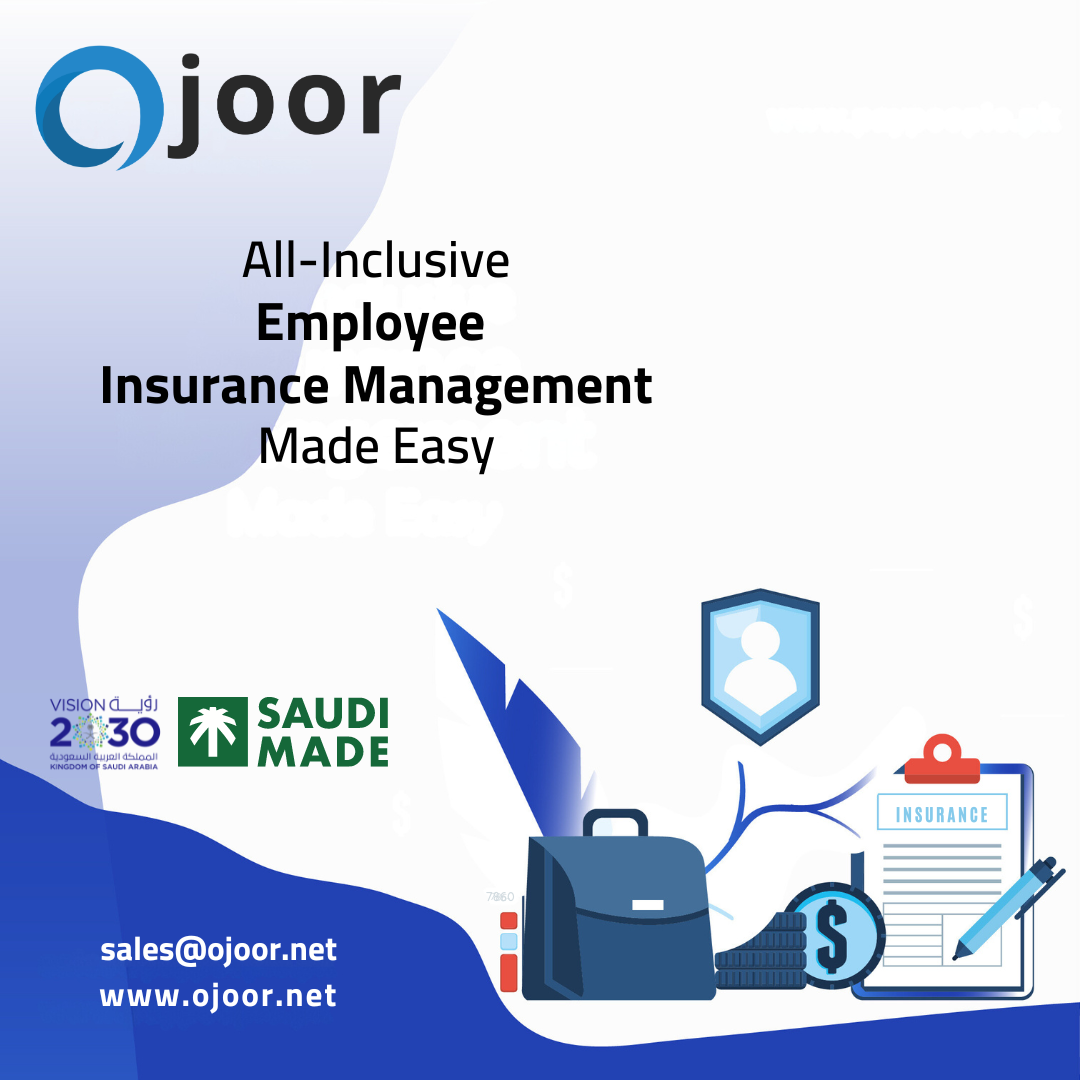Ojoor # 1 is one of the top OKRS and is a popular framework for achieving goals. They have gained popularity as a framework for goal-setting and performance management that helps to ensure alignment within the organization and overall success. One important aspect of OKRs is the ongoing reviewing and updating process to ensure that goals remain relevant and feasible. This article outlines the frequency and ways of revising and updating OKRs in order to ensure they are effective in achieving organizational success.
Click to Start Whatsapp Chatbot with Sales
Mobile: +966547315697
Email: sales@Ojoor.net
Ojoor #1 OKRS

How often are OKRS typically reviewed and updated?
Understanding OKRs
Before diving into the frequency of updates and reviews it’s important to comprehend the two primary elements of OKRS:
- The Objectives section contains concise brief, succinct, and inspiring statements that establish the goals of a company’s strategic plan. They define the desired outcomes and define the direction of the entire company or particular group.
- Key Results Key Results are defined as specific measured, time-bound, and measurable milestones to measure progress towards reaching the goals. Key Results provide quantitative or qualitative information that decides the effectiveness of a goal.
Frequency of OKR Review and Update
When to conduct an OKR review and updates is contingent on the organizational preference along with the dynamic of the industry as well as the nature of the goals. But a standard practice is to hold periodic reviews, usually every quarter. Reviewing quarterly helps to a balanced approach to keeping objectives open and permitting teams to adjust to new circumstances while maintaining the same timeline for achieving outcomes.
Here are some of the reasons companies often choose periodic OKR reviews
Flexibility and Adaptability
The business landscape may be rapidly changing and quarterly reviews permit organizations to modify their objectives to adapt to shifting priorities and market conditions or new opportunities. This flexibility allows OKRS to remain relevant and in line with the current strategic goals.
Harmonization with business cycles
A majority of organizations have a quarterly reporting and planning cycle, so it is practical to ensure that you align OKR reviews with the existing business cycles. This alignment helps to facilitate more efficient coordination between OKRs and other budgeting and strategic planning processes.

How often are OKRS typically reviewed and updated?
Balance of Long-Term and Short-Term Goals
HRIS Systems reviews strike the right balance between quick-term flexibility as well as long-term plans. Teams can establish ambitious but achievable goals and break them into quarterly key outcomes and then adjust their plans in response to real-time feedback and performance information.
Motivation and Engagement of Employees
Regular reviews give employees the feeling of improvement and achievement, which helps to increase motivation and enthusiasm. Regular check-ins enable rapid recognition of successes and adjustments to ensure that everyone is on the same page with the overall objectives.
Strategies for Effective OKR Review and Update
Although reviewing the regularity and frequency of OKR reviews is critical the efficacy of the process is also dependent on how companies approach these reviews. Here are some strategies to conduct efficient OKR review and update:
Transparency and Clear Communication
Transparent communication is crucial for successful onboarding checklist reviews. Teams must have an understanding of the company’s strategic goals and how they are connected to the overall goal. Regular updates and discussions promote alignment and increase involvement.
Real-time data and progress Monitoring
Utilizing technology and tools for managing projects allows real-time monitoring of the key outcomes and progress toward goals. This approach based on data allows teams to recognize issues earlier and celebrate their successes. It also allows teams to make more informed decisions in the process of reviewing.
Continuous Feedback Loops
The establishment of a system that is constantly evaluating the efficacy of reviews conducted by OKR. Regular check-ins with managers and team members offer the chance to review progress, discuss issues, and adjust results if needed.
Learn from setbacks and celebrate wins
OKR reviews should not be solely focused on areas to improve. It is equally important to recognize successes and take lessons from setbacks. The process of recognizing and analyzing both achievements and hiccups contributes to the culture of learning and growth.
Flexible and iterative
OKRs aren’t written on the ground. If the situation changes or teams find more efficient methods to meet their goals modifications could and should be implemented. Flexibility and willingness to experiment in light of the insights gained from reviews are essential to maximize the effectiveness of OKRs.
Participation of the Employee in the Review Process
Including employees in the review process increases their commitment to the goals. Teams can review their contribution, share ideas, and make suggestions for improvements in the course of reviews. This approach encourages participation and a sense of accountability as well as the collective responsibility to achieve.
Integrating Performance Conversations with HTML0
Aligning OKR reviews with the performance conversation provides a holistic approach to employee growth. The ability to link individual performance with the progress of the OKRs offers complete information about employee contribution and can help guide the future goal-setting process.
Challenges and Best Practices
Although regular OKR reviews can provide numerous advantages, companies may encounter difficulties in implementing them. Here are some of the common issues and best practices for overcoming these challenges:
Problem Insufficient clarity regarding Goals
Ensure that objectives are clearly stated, inspiring, and appreciated by everyone in the team.
Challenge: Too much emphasis on the Key results
Maintain a balance between the objectives’ qualitative aspects and the importance of key results that are quantitative.
Challenge: Lack of Participation of Employees
Encourage open communication engage employees in setting goals and offer opportunities for comments and discussions during review sessions.
Problem: Insufficient data for evaluation
Implement tools and systems that enable real-time tracking of data and make adjustments based on the accuracy of information.
Challenge: Resisting change
Foster a culture that encourages flexibility and continual improvement. The benefits of periodic reviews are for responding to market trends as well as staying ahead market.
Conclusion
In the end, the efficacy of OKRs is dependent on the periodic review and updating process. The quarterly reviews are a way to provide a balance between flexibility and structured planning, which allows companies to adapt to changing situations while ensuring a clear schedule for achieving the desired results. Strategies like transparency in communication, live information tracking, continuous feedback, and the involvement of employees are all key to the effectiveness and effectiveness of OKR reviews. By embracing flexibility, gaining from setbacks and successes, and integrating OKRs into performance discussions, organizations can maximize the effectiveness of their OKR framework and ensure long-term results.
Click to Start Whatsapp Chatbot with Sales
Mobile: +966547315697
Email: sales@Ojoor.net
How often are OKRS typically reviewed and updated? similar software solutions prices were updated on 2024-04-27T07:03:49+00:00 in Saudi Arabia in Mecca, Medina, Riyadh, Khamis Mushait, Yanbu, Jeddah, Dammam, Unaizah, Uqair, Ha’il, Ta if, Al Bahah, Dhahran, King Abdullah Economic City, Najran, Diriyah, Qatif, Khafji, Jubail, Abqaiq, List of Cities and Towns in Saudi Arabia, Ras Tanura, Turubah, Jazan Economic City, Knowledge Economic City, Medina, Khobar, Abha, Tabuk, Saudi Arabia, similar software solutions prices were updated on 2024-04-27T07:03:49+00:00 We also provide in Saudi Arabia services solutions company in Hafar Al-Batin, Udhailiyah, Al-Awamiyah, Hofuf, Hautat Sudair, Buraidah, Tayma, Duba, ‘uyayna, Saihat, Al-Kharj, Al-ula, Jizan, Rumailah, Ar Rass, Arar, Shaybah, Al Majma’ah, Rabigh, Dhurma, Haradh, List of Saudi Cities by Gdp Per Capita, Badr, Sudair Industrial City, Baljurashi, Shaqraa, Al-Khutt, Habala, Ad Dawadimi, Dawadmi, Layla, similar software solutions prices were updated on 2024-04-27T07:03:49+00:00 Price is SAR 100 and this was updated on updated on 2024-04-27T07:03:49+00:00 similar How often are OKRS typically reviewed and updated? software solutions prices were updated on 2024-04-27T07:03:49+00:00 in Saudi Arabia in Haql, Afif, Al-Abwa, Farasan, Al-Jaroudiya, Thadig, Al-Thuqbah, Al Wajh, Almardmah, Al-Zilfi, Muzahmiyya, Prince Abdul Aziz Bin Mousaed Economic City, Tharmada’a, Skaka, Um Al-Sahek, Sharurah, Tanomah, Bisha, Dahaban, Al Qunfudhah, Qurayyat, Saudi Arabia, Ha’ir, as Sulayyil, Al Lith, Turaif, Al-Gway’iyyah, Samtah, Wadi Ad-Dawasir, Az Zaimah, Safwa City, Jalajil, Harmah, Mastoorah, Hotat Bani Tamim, Jabal Umm Al Ru’us, Rafha, Qaisumah, Al-Ghat, Hajrah, Al-Hareeq. Excerpt: Jeddah (also spelled Jiddah, Jidda, or Jedda; Arabic: Jidda) is a Saudi Arabian city located on the coast of the Red Sea and is the major urban center of western Saudi Arabia similar software solutions prices were updated on 2024-04-27T07:03:49+00:00 Price is SAR 100 and this was updated on updated on 2024-04-27T07:03:49+00:00
5-3-2024



